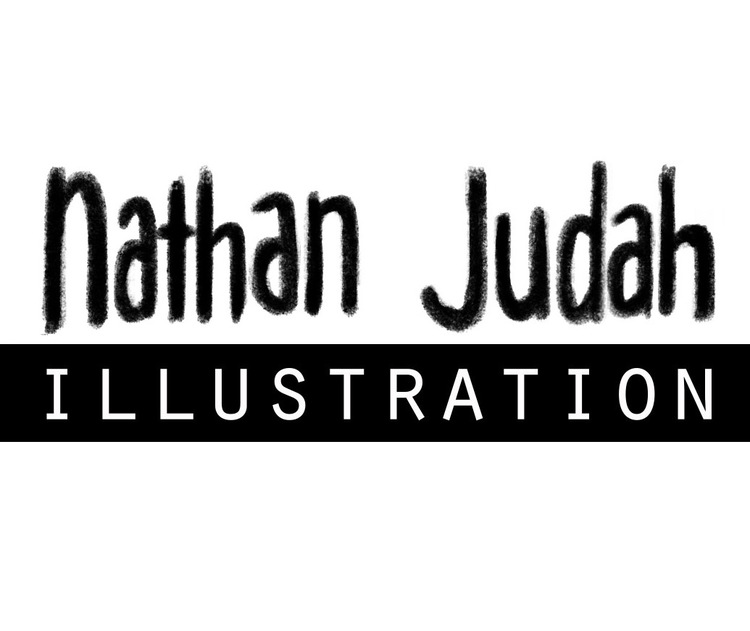"How do I start?" For me, this is the greatest challenge of being an artist. So when I design characters, I use a process. The process is a boundary, and inside that boundary, I can let my imagination run wild. I just wrapped up an eight page story for an anthology called Everland. This is how I designed the main character.
Step 1. Find out who your character is.
My story's heroine is a 13 year old Iroquois princess named Orenda. The script describes her as small, but also as a fierce warrior. That's a start, but I need more information. If the story is written well, then the main character should embody the story's theme, and the secondary characters will embody variations on the story's theme. By distilling the theme, I can learn who Orenda is.
Orenda's journey begins after her father, Chief Otetiani, is killed by a giant crab. Orenda leaves her village to hunt down the crab and avenge her father. On the way, she is confronted by three fairies who try to compel her to return. They tell her that she is too small and that she would be happier if she were to return and be a proper princess. Orenda is all business. She ignores the fairies and eventually defeats the crab.
Who is Orenda? She's small and she's tough.
Step 2. Gather reference material.
I'm usually tempted to skip this step, but when I gather reference, the final design is always better. Sometimes I discover a detail I didn't even know I was looking for. In this project, I searched for "Indian princess" on Google Images. It's really important to act as a filter in this stage. Find the reference images that best fit your character. You don't want dozens of images that don't get you closer to your design.
Step 3. Start Sketching.
The boundaries are set, so this is where you run wild. It usually takes several sketches for me to loosen up. I sometimes get attached to my first design, but unless I push it further, I don't know if it's the best I can come up with. I liked the costume of my first design, but Orenda didn't seem small enough. After I have several sketches, I seek out feedback from other artists whom I trust.
Step 4. It's Alive!
Now it's time to draw your character in a variety of movements and expressions. Think about the kinds of emotions and acting that are called for in the story and bring your character to life. Now, I have to confess something. l skipped this step. As a result, my final character design for Orenda is not as good as it could have been. A designer who skips this step is like a movie director who skips auditions and chooses actors and actresses by only looking at their headshots.
Step 5. Plug your character into your story.
Your final character design should fit into your story's world. I often tweak the design or push it further in order to serve the story. After all, in the design stage, you can't foresee everything that your character may be required to do. Stay flexible and your character's personality will come to life.
If you're like me, this process will help you get started and stay focused as you design characters. If you're interested in the Everland anthology, you can check it out here.




